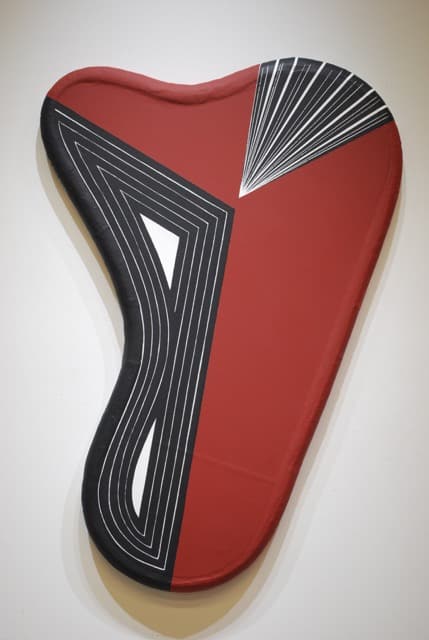
P-560 (2015), acrylic, wood, plaster foam, canvas, 50 by 33 by 3 inches
Among Robert Straight’s fondest memories of growing up in Amarillo, TX, in the 1950s were the times his mother, a nurse and a seamstress, took him shopping for fabrics. “That made a big impression,” he says, “looking at all those patterns and colors and designs….” And indeed a strong desire to pull disparate elements together, even some that may strike the viewer as discordant and a bit jarring, runs throughout Straight’s long career as an artist. Especially of late, when he seems to be taking more chances than ever in sculpture and free-floating “wood clusters.”
Straight eventually moved to Los Angeles and studied at Cal State in the art department. His influences then included Billy Al Bengston, Nathan Oliveira, and Richard Diebenkorn. When he got to grad school at Cranbrook Academy in Michigan, then as now one of the most respected programs in the country, the ground abruptly shifted beneath his feet. The pope of formalism, Clement Greenberg, had visited the year before and made a huge impression on the second-year students, who in turn tended to set the tone for others.
“I was pretty lost when I first got to Cranbrook,” Straight recalls. “I spent the time pouring paint, doing color field paintings, and then after that things started to fall into place.” Both Frank Stella and Navajo weaving were a big influence, and Straight was working large, on canvases about six by eight feet.
After getting his MFA, the artist returned to Los Angeles, where he painted, did odd jobs, and married Christine, his wife of more than four decades. Out of the blue, he was offered a job teaching at Spelman College in Atlanta, GA, a small liberal arts college for African-American women. The couple had a week to make a decision and move east.
They made the transcontinental trip in four days, and Straight recalls an interesting mix of students and the time to work in a studio of his own, but after a year he wanted to be closer to New York and accepted a job with Connecticut College in New London. He was still working large, painting on the floor in acrylics as big as eight by eight feet. In time his work evolved to “constructions of canvas and plastic, shaped something like a fan.” He showed with dealer Barbara Toll for about three years and then moved to Newark, DE, to teach at the University of Delaware. He would remain there for the rest of his career, and retired in August.
“I’ve always been thankful to have a teaching job where I’ve had time to make my own work,” he says. “On the days I didn’t go to the university, I was in my studio.” The other great thing about teaching, he says, is the “many gifted students. And seeing what they come up with, how they progress.”
There are many artists who lament the constraints on time and creativity that a teaching career imposes, but Straight has welcomed the camaraderie of faculty and students. “A lot of times, when someone goes out into the world and has no one to talk to, that can cause burn-out pretty quickly.”
Straight has been in group shows in New York but hasn’t really had a gallery there in years, a situation that doesn’t seem to cause him much distress. “Some dealers expect your work to be a repetition, and mine has evolved and changed quite a lot over the years.” The artist has recently moved into sculpture—lumpy, friendly, seemingly spontaneous agglomerations made from things like recycled containers, papier-mâché, plaster, wire, marble chips, and acrylic.
If there’s one word that sums up Straight’s output of the last few years it might be cheerful. Shapes suggest benign organic form; colors are clean and appealing, even when the hues seem a little off. His vocabulary over time has evolved to include a huge grab-bag of abstract characters and syncopated rhythms. He’s like a master composer with a lifetime repertoire to draw on.
“I’ve never wanted to be an artist who settled into a style,” he said in a recent interview. “To me, the excitement of painting is the unknown. I want my work to be evolving and changing….While the work seems to fall into groups, I don’t set out to create a specific series. Each informs the next, ideas grow, and this tends to make the paintings become more complex.”
Robert Straight has been in numerous group shows nationwide, and is currently affiliated with Schmidt/Dean Gallery in Philadelphia. His works are in private collections, like those of American Express and Capital One, and in museums in California and Delaware. More about the artist can be found on his website: robertstraight.com.
Top image: P–564 (2015), acrylic on canvas panel, 24 by 20 inches
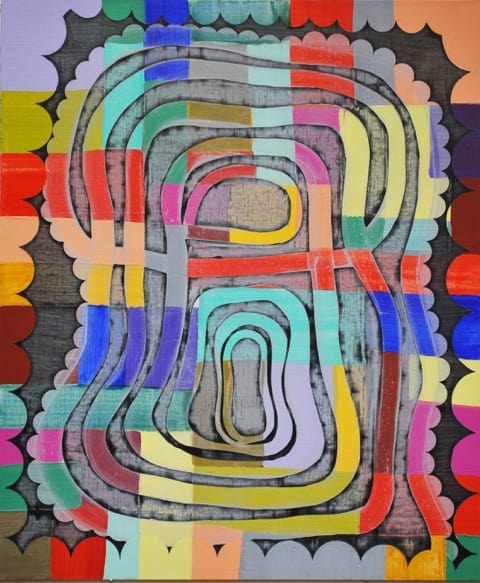
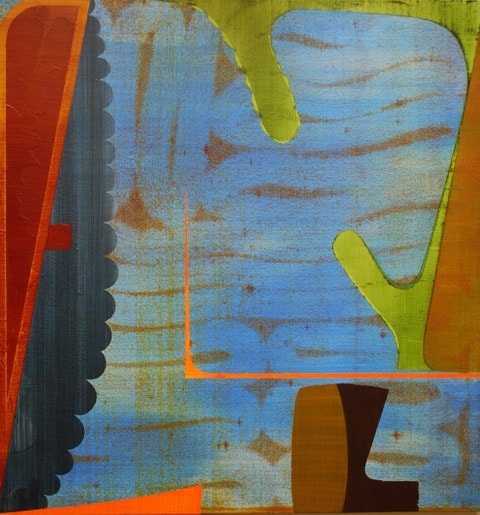
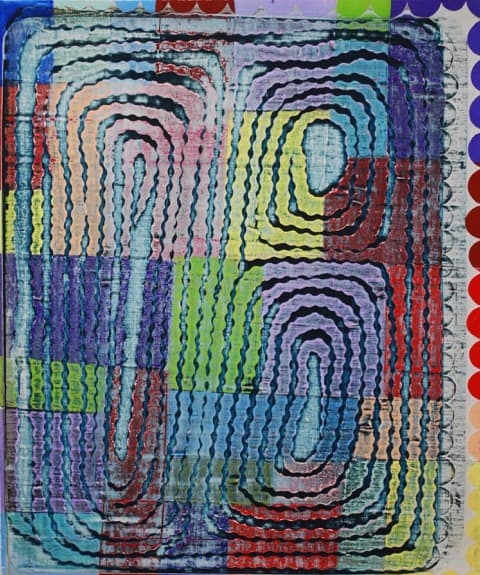
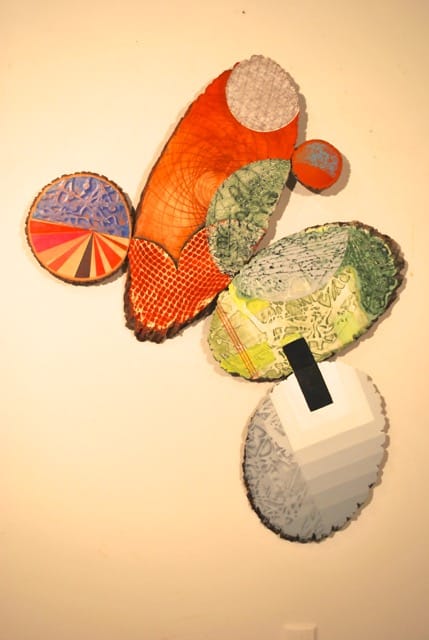
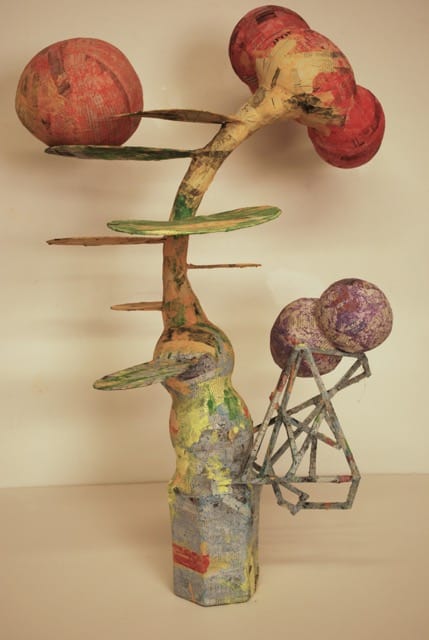
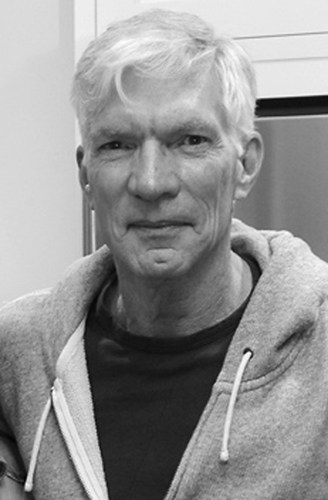
Wonderful story and gives me encouragement.
Thanks, Sheila
I love, love, love this. The painting P-582 is gorgeous. Thank you once again introducing us to an artist everyone should know about.